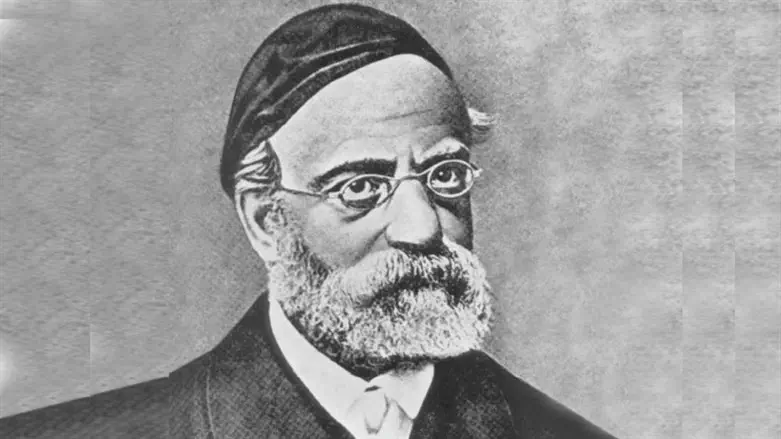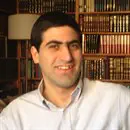
Clothing projects a message. A dark suit signifies formality, importance. A T-shirt with jeans suggests casualness. Sweatpants in public can be a sign of indifference.
Among the priestly garments listed in Parshas Tetzaveh is the belt, the avnet. What message did it project?
Rav Samson Raphael Hirsch answers this question, in part, by focusing on the belt’s four colors: white, sky-blue (techeles), and two shades of red (argaman and shani). White represents purity, the basis of serving Hashem, “the preliminary stipulation for all positive progress.” (That’s why the curtains surrounding the courtyard of the Mishkan were white.)
Sky-blue represents “the divine element in man.” It is “the color which, at the limit of our horizon, seems to point to a realm beyond human sight, represents the godliness which is revealed to us.”
Red, “as the color of blood, represents life” (hence the color that the Torah uses to describe both Esav and David). Argaman (a darker red) represents “the vital energies and endeavors of the human in man” and shani (a lighter red) represents “the vital forces and actions of the animal” in man.
Even though blue represents godliness, red (i.e., life) is “predominant in the proportion of two to one” in the avnet so that “these four colors [in the avnet]…express a full human life lived fully in every direction on a pure moral base.” A kohen is supposed to gird himself for – and represent – this kind of life.
Lest anyone claim this ideal life is beyond human reach, the Torah requires that “all the materials [in the avnet be] made from six-ply thread.” Six represents the natural world (think of the six days of creation of the physical world and the six years leading up to shemittah). Thus, “this priestly ideal is shown to be nothing superhuman, abstract, or supernatural, but merely the simple natural realization of what man was created for and meant to be.”
(Special announcement: “The Rav Samson Raphael Hirsch Dictionary” – compiled by Dr. Lawrence Resnick, a”h, and edited by his son Elliot Resnick – is now available for pre-order from Judaica Press. Comprising 456 pages, it includes the “meanings of over 1,000 Lashon Hakodesh words as elucidated in Rav Hirsch’s commentary on Chumash.”)
Rav Samson Raphael Hirsch (1808-1888) – head of the Jewish community in Frankfurt, Germany for over 35 years – was a prolific writer whose ideas, passion, and brilliance helped save German Jewry from the onslaught of modernity.
Elliot Resnick, PhD, is the host of “The Elliot Resnick Show” and the editor of “The Rav Samson Raphael Hirsch Dictionary.”
